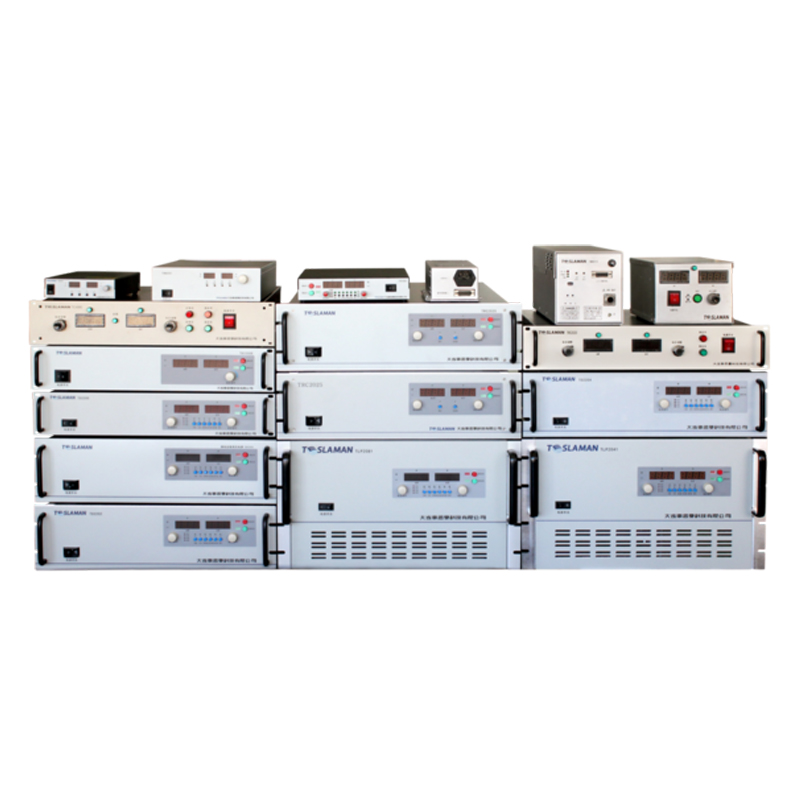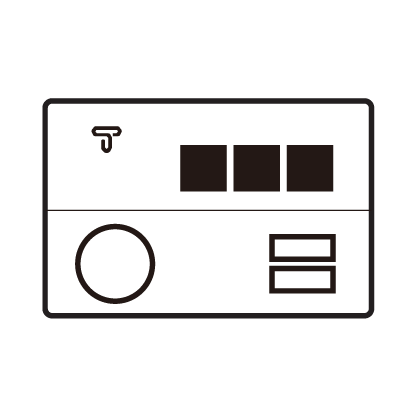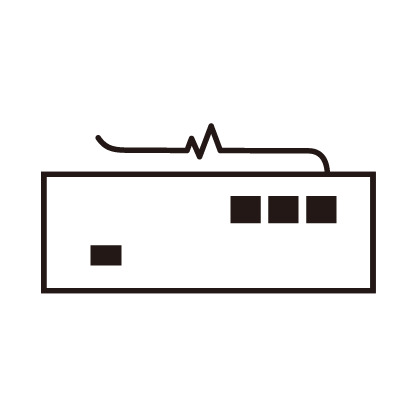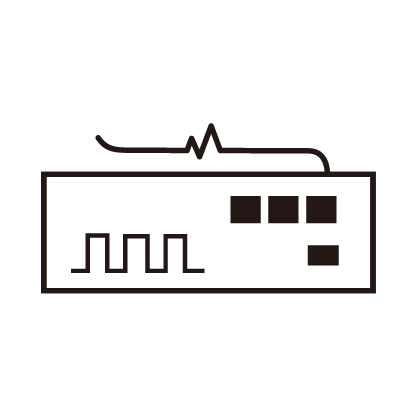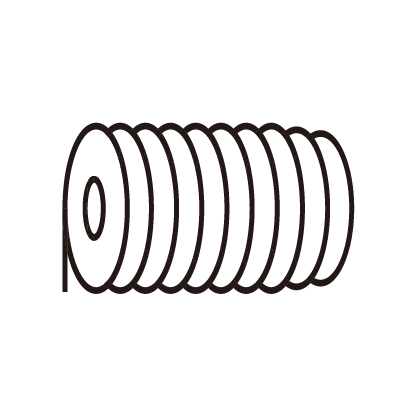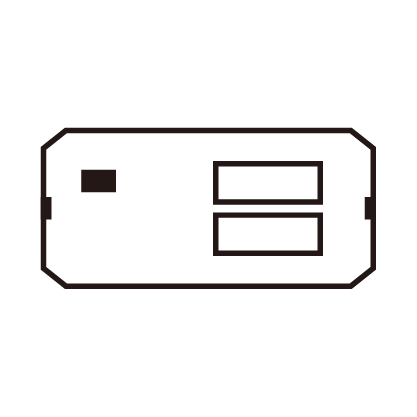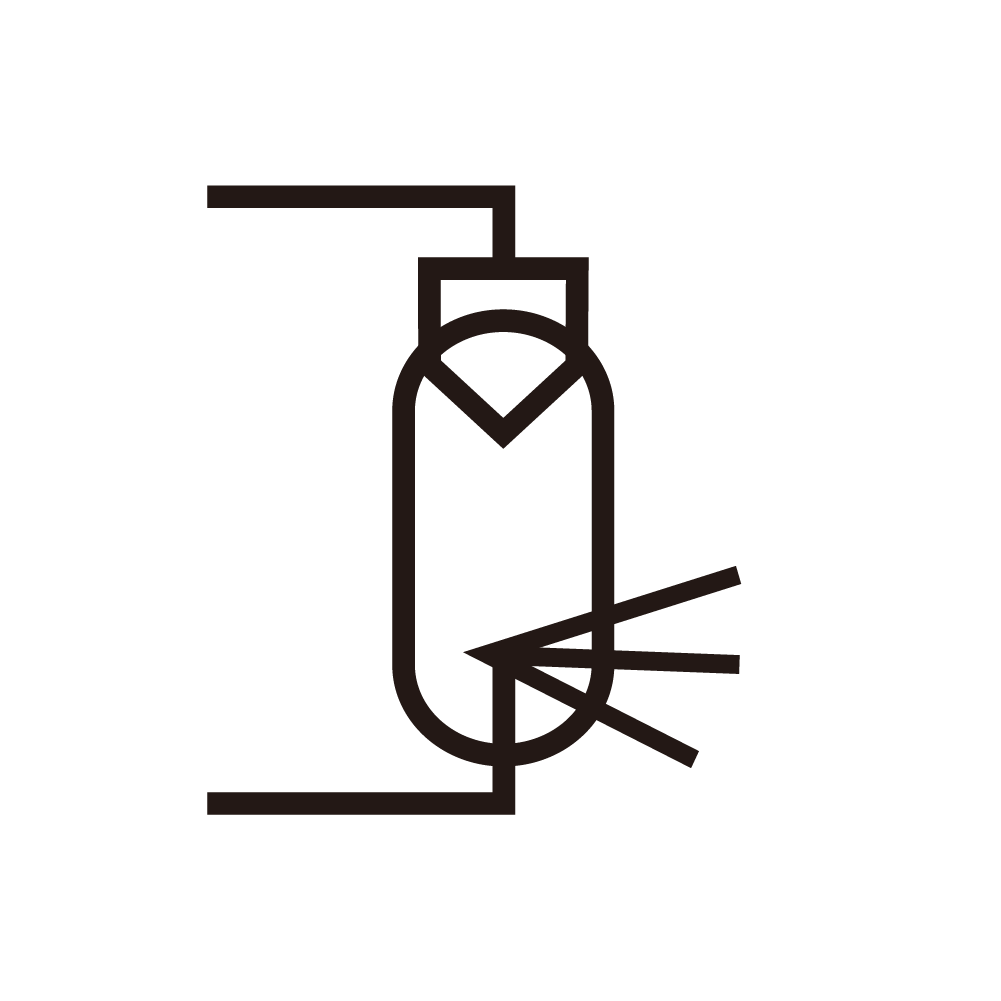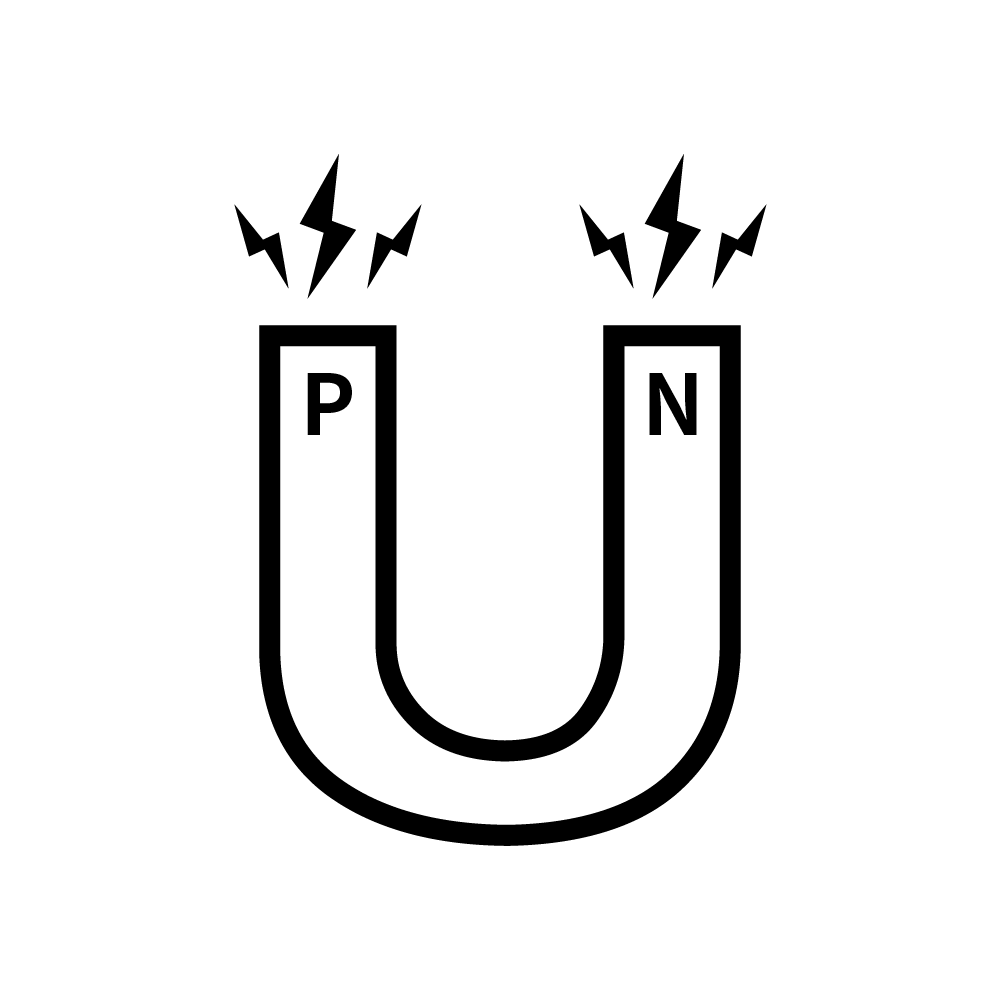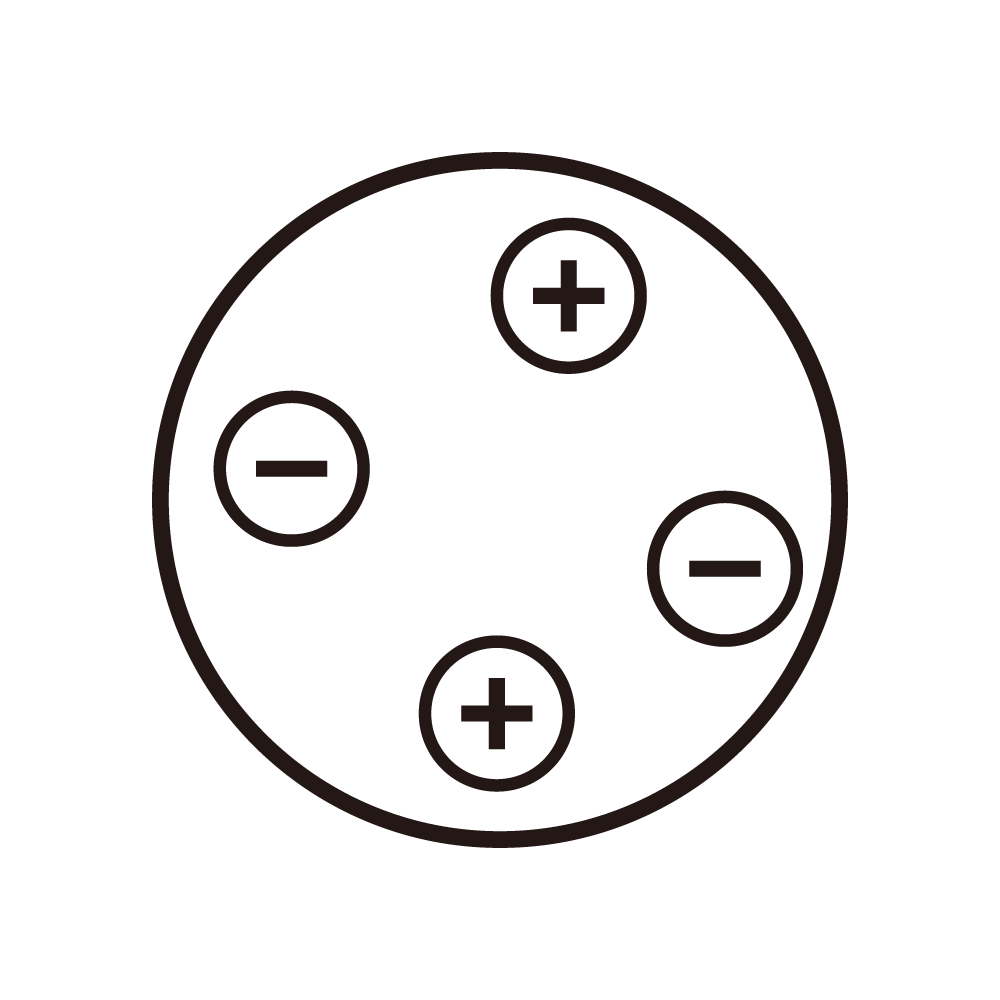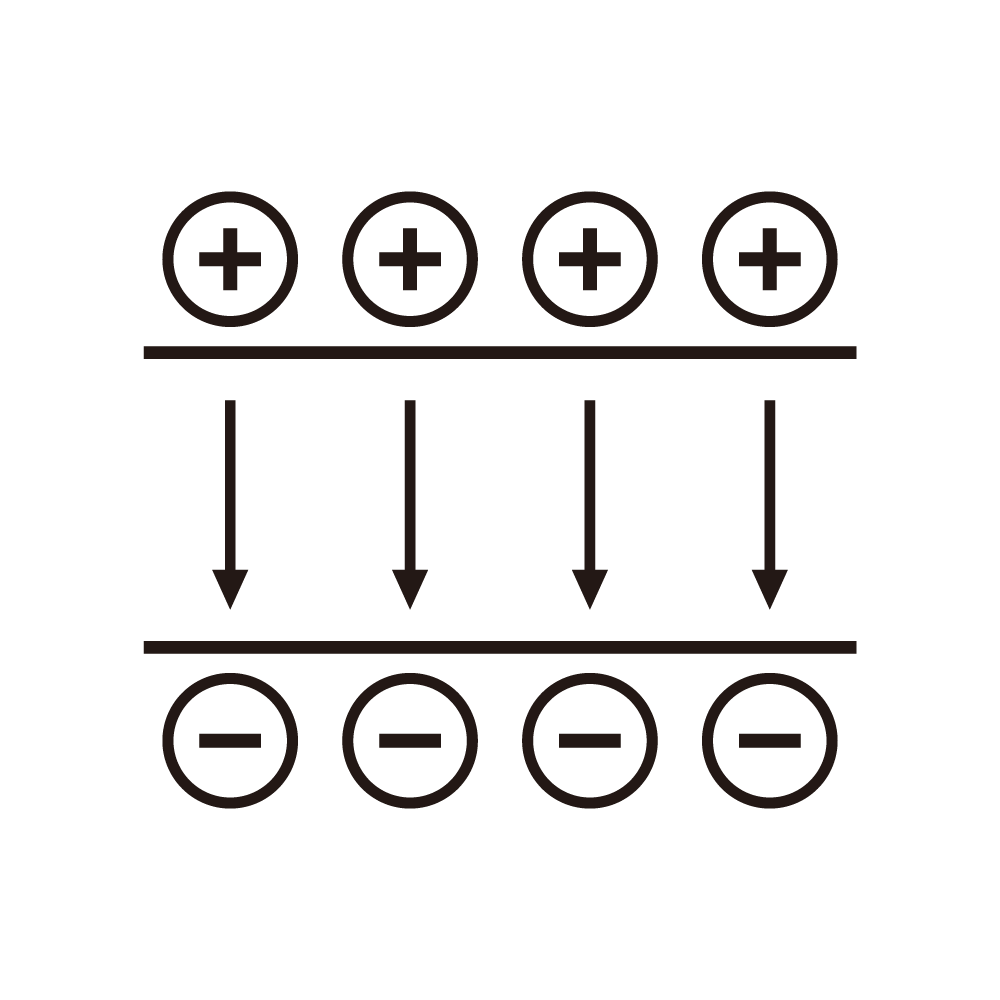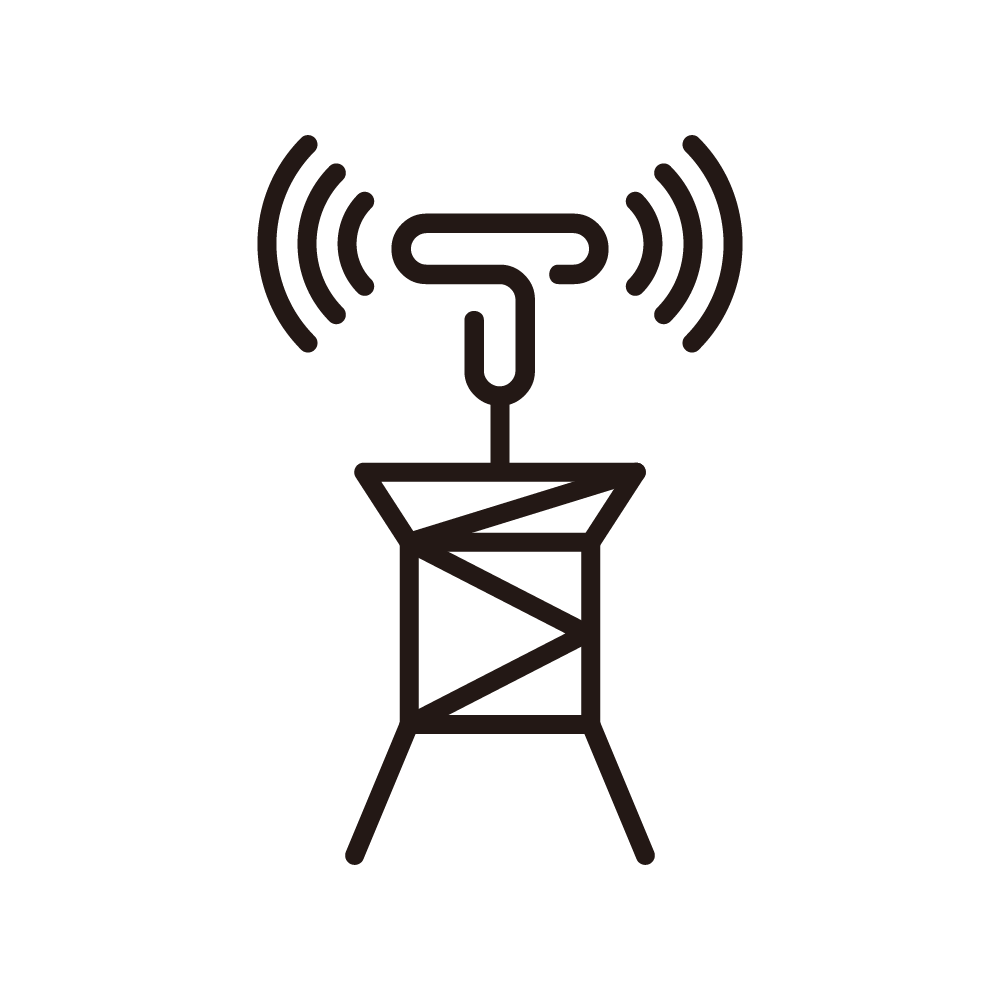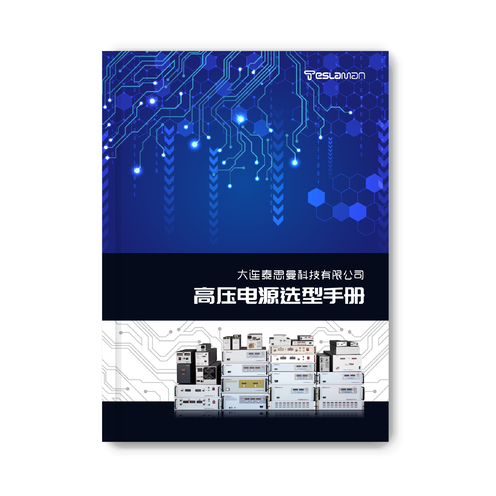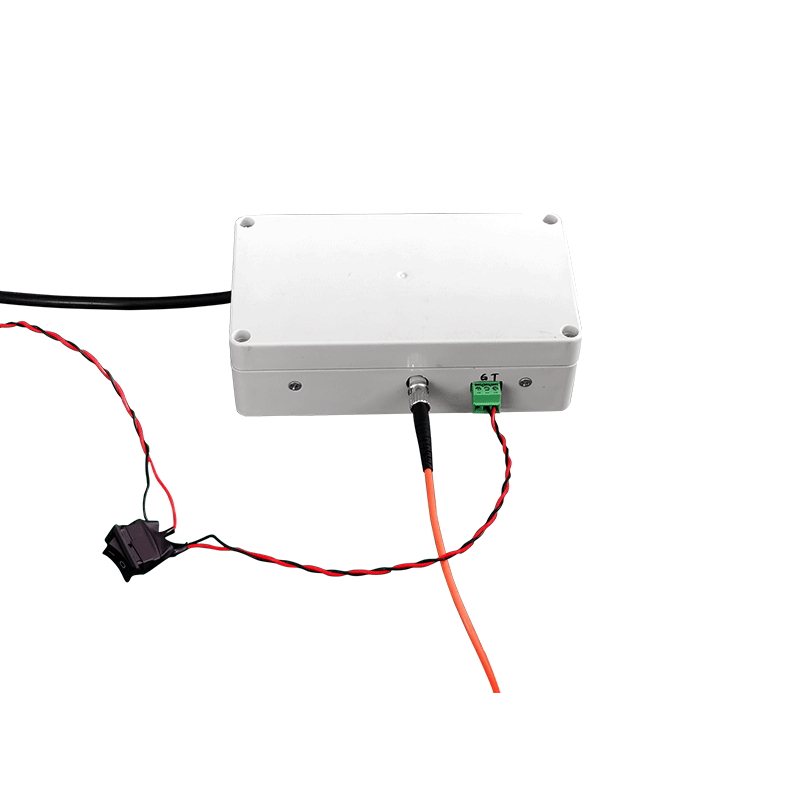Improvement of Coating Process for Coating High-Voltage Power Supply
In the modern field of material processing and manufacturing, coating technology, as an important surface treatment method, is widely used in many industries such as electronics, optics, and machinery, aiming to enhance the performance and appearance of materials. The coating high-voltage power supply, as the core equipment in the coating process, its performance directly affects the coating quality and efficiency, and plays a pivotal role in the improvement of the coating process.
In traditional coating processes, the voltage and current output by the coating high-voltage power supply are relatively fixed, making it difficult to accurately adapt to different coating materials and complex process requirements. This often results in uneven coating thickness, poor internal stress distribution in the film layer, affecting the adhesion between the film layer and the substrate material, and reducing the quality stability of the coated products. For example, in optical coating, slight deviations in film thickness may greatly compromise the optical performance of optical components.
To improve the coating process, we can first start with optimizing the voltage output characteristics of the high-voltage power supply. Advanced feedback control technology is adopted to enable the high-voltage power supply to dynamically adjust the output voltage according to the real-time changes in resistance and capacitance during the coating process. In magnetron sputtering coating, as the target material is consumed by sputtering, the resistance of the plasma in the coating chamber will change. The high-voltage power supply with real-time feedback adjustment function can sense this change in a timely manner and precisely control the output voltage to maintain a stable sputtering rate, thus ensuring a uniform coating thickness.
Secondly, optimizing the current waveform of the high-voltage power supply is also crucial. Traditional square wave or sine wave currents are not the best choice in some coating processes. By introducing pulsed current, especially pulses with specific duty cycles and frequencies, the ion bombardment effect during the coating process can be effectively improved. In pulsed electroplating coating, an appropriate pulsed current can make metal ions deposit more orderly on the substrate surface, reduce impurity inclusions, significantly improve the density and purity of the film layer, and enhance the corrosion resistance of the film layer.
In addition, improving the stability and accuracy of the high-voltage power supply is also indispensable for the improvement of the coating process. High-quality electronic components and advanced electromagnetic shielding technology are used to reduce the ripple coefficient of the power supply output and reduce the impact of external electromagnetic interference on the coating process. In the high-precision semiconductor chip coating process, a stable and high-precision high-voltage power supply can ensure that the error of the film layer thickness is controlled within a very small range, meeting the stringent requirements of chip manufacturing for coating accuracy.
In conclusion, by improving the output characteristics, current waveform, stability, and accuracy of the coating high-voltage power supply, the level of the coating process can be significantly enhanced, producing higher-quality and better-performing coated products to meet the increasingly stringent requirements of the ever-developing industries for coating technology.
